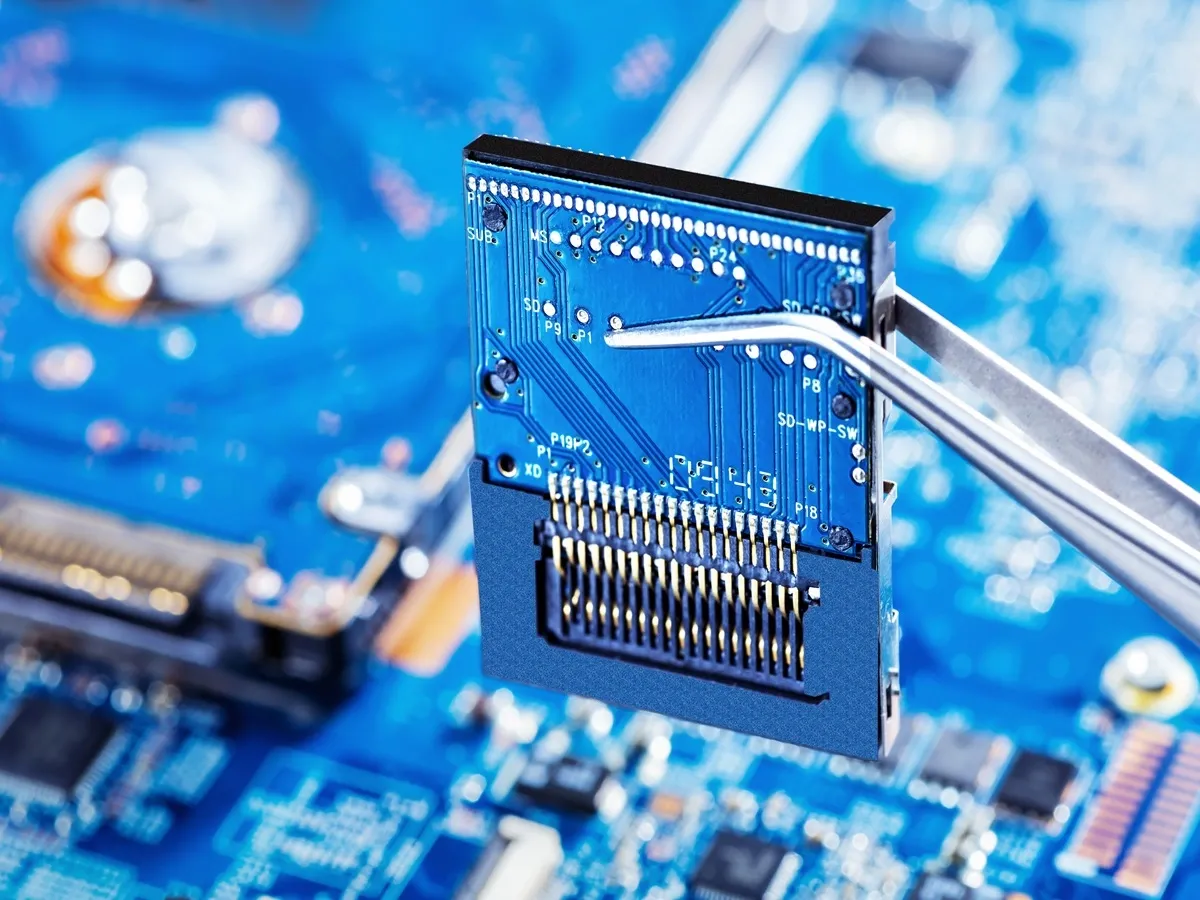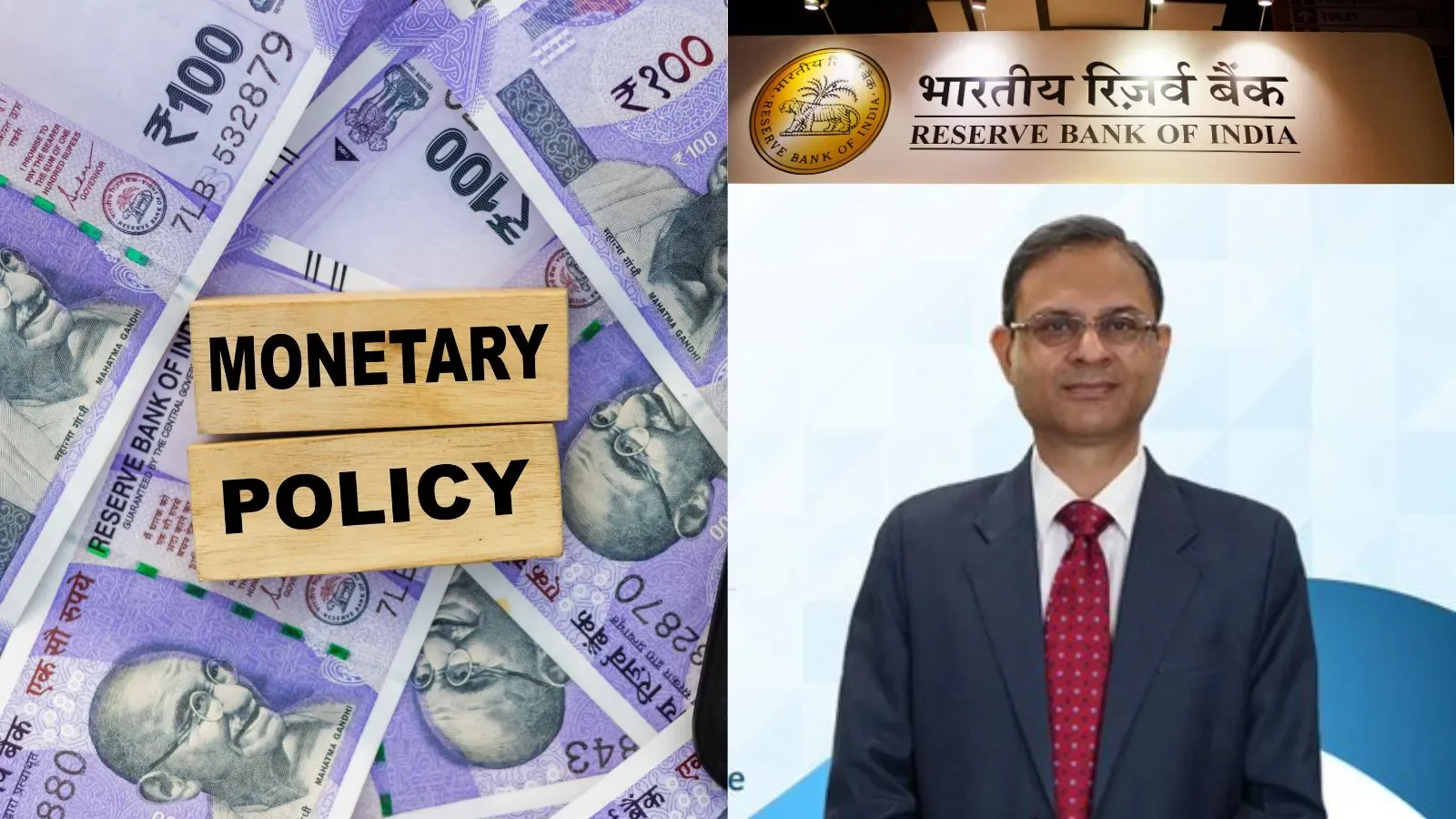Business News
Electronics Components Scheme draws ₹1.15 lakh crore in proposals, nearly double target
.png)
3 min read | Updated on October 03, 2025, 10:05 IST
SUMMARY
The Electronics Components Manufacturing Scheme (ECMS), with a fiscal outlay of ₹22,919 crore, attracted 249 applications, around 60% from MSMEs, and is expected to generate 1.42 lakh direct jobs.

The scheme is projected to create 1,42,000 direct jobs well above the target of 91,600 and a manifold number of indirect jobs.
The Electronics Components Manufacturing Scheme (ECMS) has received investment proposals worth over ₹1.15 lakh crore, nearly double the target, from domestic and global companies, Union Minister for Electronics and IT Ashwini Vaishnaw said on Thursday.
It is expected to generate 1.42 lakh direct jobs, higher than the initial goal of 91,600, besides a significant number of indirect employment opportunities.
The minister said that around 60% of the total applications have come from small and medium enterprises.
"I would say about 60% of the applications are from MSME players. That is what is very heartening because when the smaller players get confidence about the programme, about the policy, that is a big game changer," Vaishnaw said.
He urged state governments to seize the opportunity and create a conducive framework for setting up electronics manufacturing facilities in their regions, noting that the sector has the potential to provide jobs “in big numbers” to the youth.
According to the ministry, the scheme is projected to result in electronics component production worth ₹10.34 lakh crore in the next six years, more than double the original target of ₹4.56 lakh crore.
Vaishnaw said that the government will also focus on production of materials that are used in manufacturing electronic components.
A total of 249 companies have submitted applications which will be screened by a committee before approval.
"All the applications will now be scrutinised through a committee and we expect to approve them very soon," Vaishnaw said.
The ECMS has received the highest investment proposal of ₹35,813 crore for enclosures or the body of mobile phone, IT hardware products and other related devices.
At present, Tata Electronics is one of the leading players in the enclosure segment, which manufactures products for iPhones.
Leading segments where players have submitted proposals for big investments include flexible printed circuit boards (₹16,542 crore), electro-mechanical components (₹14,362 crore), multi-layer PCB (₹14,150 crore), supply chain of sub-assemblies and bare components (₹9,226 crore), display module sub-assembly (₹8,642 crore), camera module sub-assembly (₹6,205 crore) and lithium ion cells (₹4,516 crore).
Investment proposals of ₹2,103 crore have been received for capital goods used in electronics manufacturing, ₹1,645 crore for optical transceivers, ₹1,608 crore in non-SMD passive components and ₹535 crore for SMD passive components.
Electronics and IT Secretary S Krishnan said the aim is to deepen the domestic value chain and raise India’s share in global value chains.
The ministry said the application process for the scheme, which opened on May 1 and closed on September 30 after an extension, has already moved into the approval stage.
By signing up you agree to Upstox’s Terms & Conditions
About The Author
Next Story

